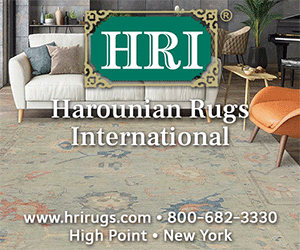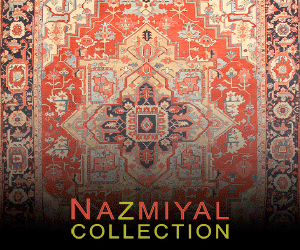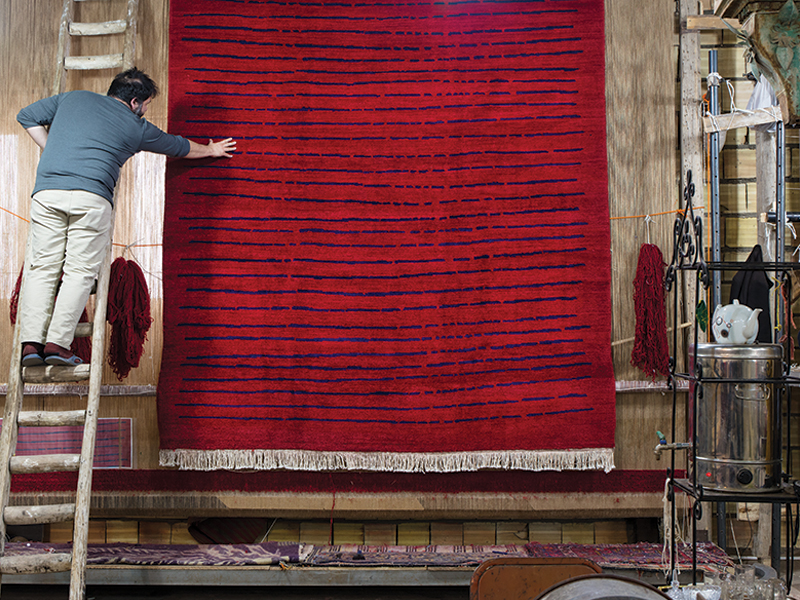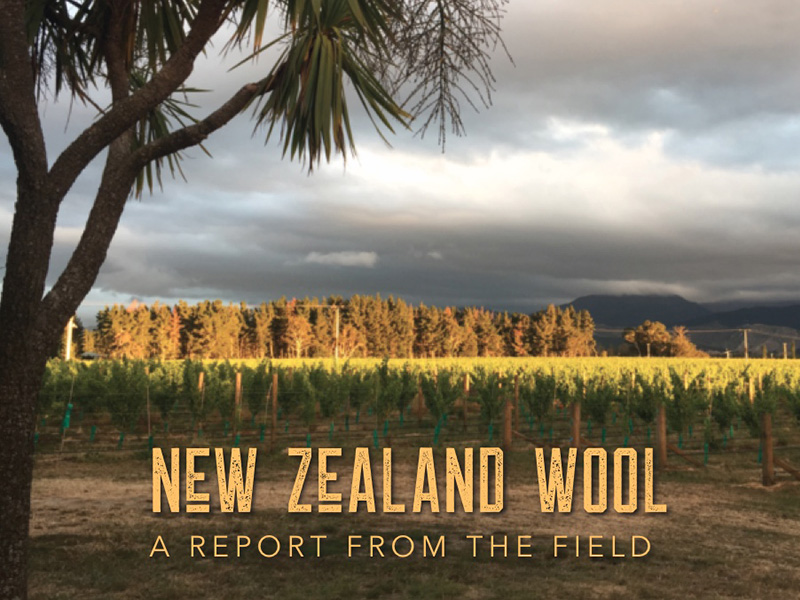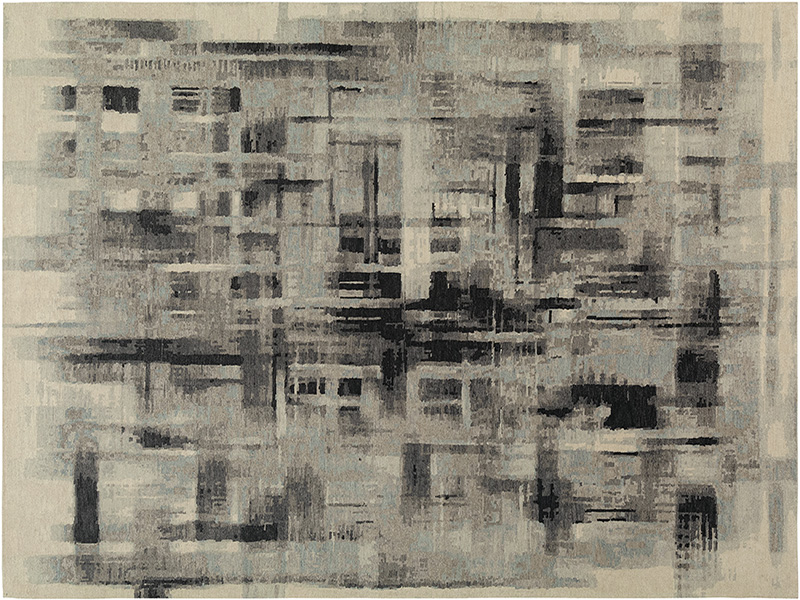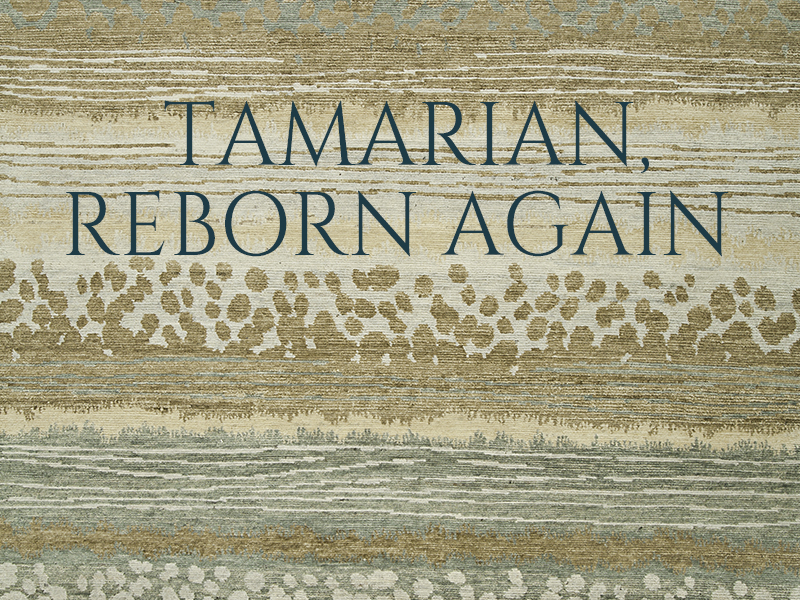Online Auctions: The Future of the Rug Business?
There is a saying that one cannot know the future without first studying the past. This has been a recurring theme over the past several issues of RUG INSIDER Magazine; how we can learn from the past of the rug trade, and how it can help us foresee what the industry’s future holds. In the rug business, particularly in the vintage and antique rug sector, while the carpet dealers were traditionally the main purveyors of fine rugs to the buying public, another important area has long been that of auctions.


